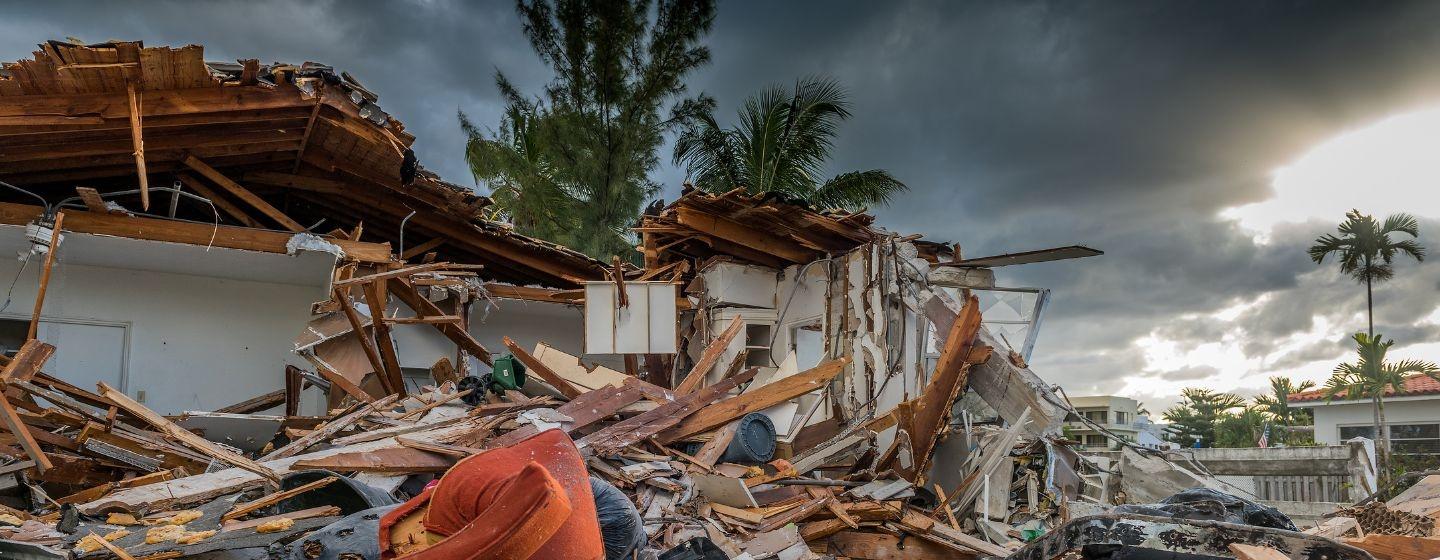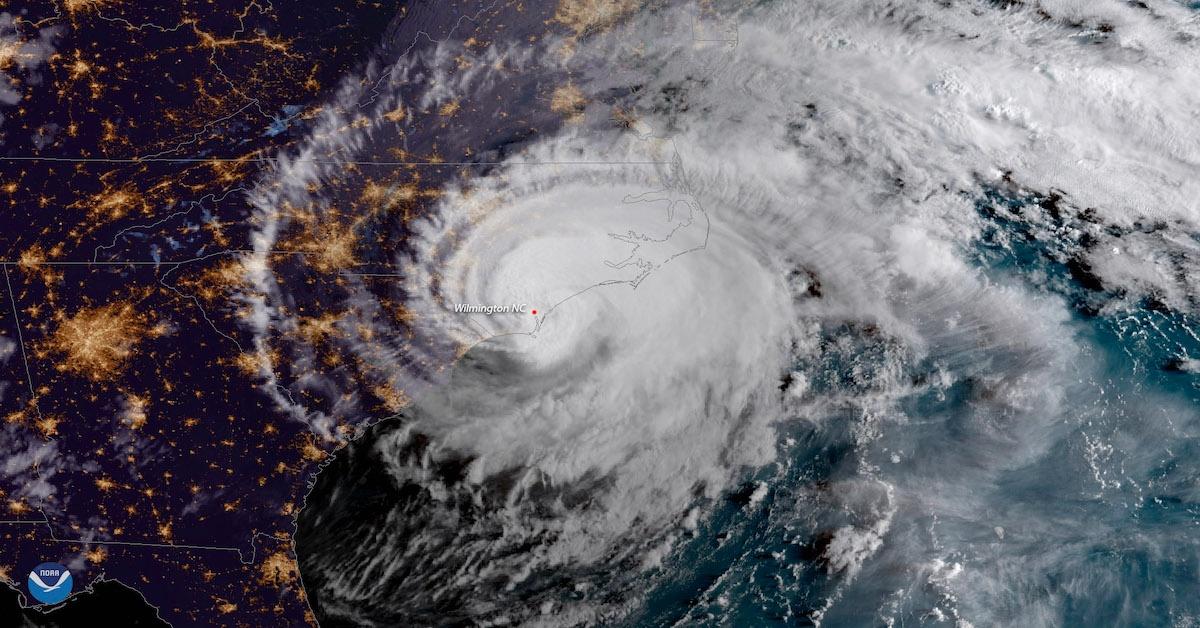Do We Need a “Category 6” for Hurricanes?


Whether or not you live near the coastline, you’re probably familiar with the Saffir-Simpson hurricane wind scale. As a storm is forming and growing stronger, meteorologists and news anchors will say something like, “the storm is now a Category 1, but it’s expected to grow to a Category 3 later this week.”
Hurricanes are rated on a scale from one to five, depending on their wind speeds. Category 5 indicates the most intense winds.
But as climate change makes hurricanes more powerful, and those powerful storms become more frequent, some hurricane researchers make the case in a new study that it may be necessary to add a Category 6.
“We found that five storms had exceeded this hypothetical Category 6, and all of them were recent, since 2013,” lead author Michael Wehner, a senior scientist at the Lawrence Berkeley National Laboratory, told CBS News.
The study also observed a significant increase in wind speeds since 1982, noting that it’s likely wind speed records will “continue to be broken as the planet continues to warm.”
The current five-point Saffir-Simpson scale was first developed in the 1960s and refined in the 1970s. It’s based on the highest wind speed averaged over a one-minute interval 10 meters, or roughly 32 feet, above the ground. The scale is used by forecasters around the world, including at the National Hurricane Center in Florida.
The scale was started with the idea of better communicating a hurricane’s strength to the public. Here’s the current scale:
The study proposes that Category 5 storms include hurricanes with maximum sustained winds of 157–192 miles per hour. A new Category 6 would include any storm with wind speeds above 192 miles per hour.
Currently, Category 6 storms are rare.
Typhoon Haiyan, which devastated the Philippines in 2013 and packed wind speeds of 195 miles per hour, would be included. Four other storms since 2013 would also fit the proposed category, including Hurricane Patricia, which slammed into Mexico in 2015. The National Hurricane Center reported the storm packed wind speeds of 215 miles per hour, making it the most powerful storm ever recorded. The storm also intensified at a rate rarely seen in tropical cyclones, adding 105 miles per hour in wind speed over two days.
Researchers say because climate change increases temperature and moisture, which are the sources of energy for hurricanes, the number of powerful storms is expected to increase.
Simulations based on various global warming scenarios were run as part of the study, and in their paper, researchers said they found the risk of seeing what would be labeled a Category 6 storm “has increased dramatically and will continue to increase with climate change.”
The National Hurricane Center, which handles official category designations for hurricanes that threaten the United States and its territories, has not commented on the idea of adding a Category 6. However, as hurricanes grow larger and strengthen in shorter periods of time, you can expect the debate over adding a Category 6 to strengthen as well.

Learn more about how to plan and prepare for severe weather in North Carolina before hurricane season begins.